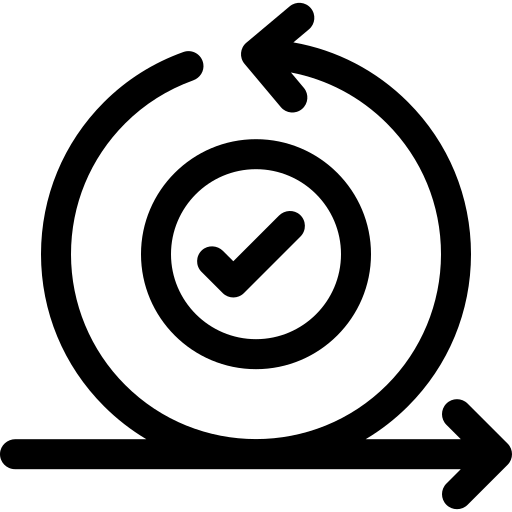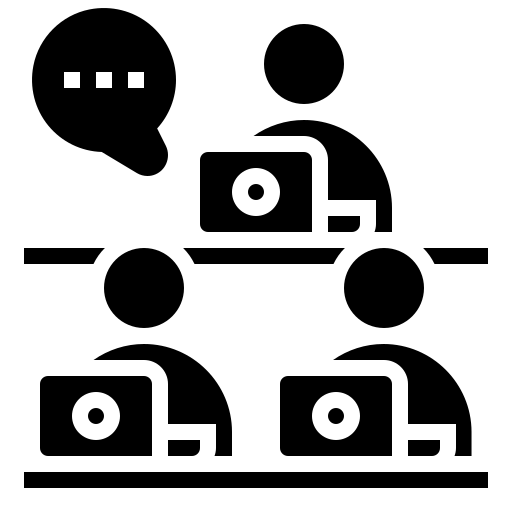Strategic and methodical approach to improve Agile delivery and team performance
Rooted in Lean-Agile principles, this approach addresses delivery challenges at their core to improve speed, quality, and long-term team effectiveness.
How the delivery approach works
Built on Lean-Agile principles and real delivery experience, this approach targets the root causes of product delays, quality issues, and team inefficiencies.
Customised
Solutions

Every engagement is tailored to your business model, delivery constraints, and team dynamics. Off-the-shelf frameworks are avoided in favour of practical, real-world design.
Customer
Centric

Delivery solutions are shaped by your customers’ needs, ensuring the team focuses on building value that matters.
Proven
Methodology

A structured delivery approach built on years of hands-on Agile transformation across diverse teams and industries.
Iterative
Development

Teams are supported in adopting short, feedback-driven cycles that reduce rework and deliver usable outcomes regularly.
Hands-On
On-The-Job

Support is embedded directly into the team environment to guide delivery improvements from within, not from the sidelines.
Coaching
Mentoring

Actionable guidance for individuals and teams that strengthens ownership, delivery discipline, and accountability.
Performance
Measurement

Delivery metrics are defined and tracked to show real progress over time, not just activity. Focus is placed on value delivered per sprint.
Analytical
Insights

Delivery problems are addressed with root-cause analysis to enable better decisions, not just surface-level process tweaks.
This delivery approach tackles the underlying causes of delays, rework, and poor release quality. Drawing on Lean-Agile principles, each engagement is designed to improve delivery speed, collaboration, and long-term product quality.
Across multiple client projects, consistent challenges in Agile delivery have emerged. These are addressed using a proven methodology grounded in Lean-Agile principles, designed to improve workflow efficiency, communication clarity, and release quality.
The result is sustainable improvement in both speed and product quality. All findings and recommendations are documented with measurable delivery metrics to support ongoing improvement beyond the engagement.
Project
Solve Agile delivery issues in project execution
- Lack of distinction between Project and Product activities.
- Lack of distinction between Product and Change Management activities.
- Individuals shared across multiple projects.
- Impractical deadlines or goals set without considering team capacity.
- Constantly expanding project scope.
Product
Improve product delivery flow and visibility
- Lack of a product vision and a roadmap.
- Absence of a frequent roadmap validation process.
- Disorganised and unprioritised backlog.
- Not allocating time for meetings, testing, release etc. during planning.
- Lack of timely status updates.
- Difficulty integrating and delivering increments of work frequently (CI/CD).
- Difficulty delivering planned features.
- Seemingly unachievable MVP.
Team
Align Agile software teams for better outcomes
- Oversized Scrum teams.
- Ambiguity in Scrum roles.
- Multiple owners for a single task.
- Underestimating task complexity.
- Non-existent or inaccurate estimations.
- Lack of an iterative mindset. Teams focused solely on a complete release.
- Unclear team expectations.
- Lack of measurable effort contributions.
- Team overwhelmed with work.
- Decreased motivation and enthusiasm among team members.
Process
Optimise delivery workflows and sprint execution
- Complicated processes that hinder productivity and efficiency.
- High levels of waste, bottlenecks, and inefficiencies.
- Shifting priorities that confuse teams and disrupt workflow.
- Delays caused by dependencies on external teams or stakeholders.
- Excessive number of meetings.
- Excessive time spent in unproductive or unnecessary meetings.
- Meetings that aren’t purpose-driven or outcome-driven.
Design
Connect design processes with Agile delivery
- Requirements that are too large, interdependent, or lack clear definitions and scope.
- Unclear distinction between requirements and solutions.
- Presence of excessive information in documentations.
- Frequent changes in requirements.
Quality
Improve release quality and reduce delivery risk
- Excessive defects in releases.
- Lack of distinction between functional testing and UAT.
- Customer dissatisfaction.
- Absence of effective feedback mechanisms.
Culture
Build Agile mindset and lasting delivery habits
- Resistance or pushback against new processes, tools, or methodologies.
- Slow to adopt Agile practices.
- Unable to scale across other teams or larger teams.
Collaboration
Enhance team and stakeholder communication flow
- Gaps in collaboration and communication.
- Ineffective channels or methods for communicating.
- Information disconnection between teams or departments.
Ready to take a structured, hands-on approach to fixing delivery issues?
Let’s discuss how this methodology can be tailored to your team and goals.
